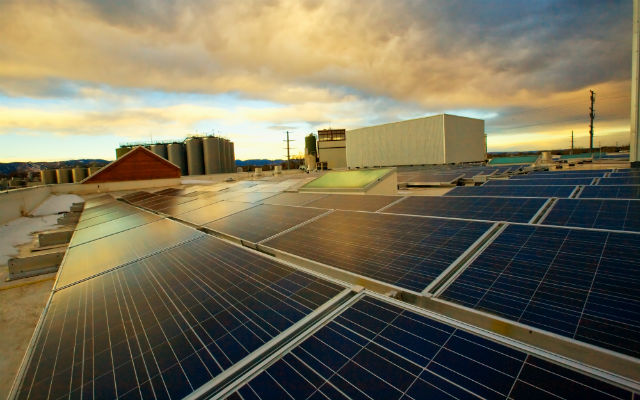
Recycling bottles and cans and finding a way to use your spent grains are good ways to start to get involved in how to grow your brewery into a sustainable business, but many breweries in America have shown there can be so much more.
Solar-heated water and solar-powered pumps; hot-air blow offs used to heat re-purposed buildings; C02 capturing systems; “green roofs” with rain collection and gravity-fed brewhouses are all aspects that have been used before with hopes of cost savings down the line.
Money isn’t always the reason for switching to sustainable methods in brewing. It can be for caring about the environment as well. Of course, the savings on the bottom line probably don’t look to bad either. For Vermont’s The Alchemist, it meant installing 100 percent electric solar power for its Waterbury brewery location.
“We might not be saving a lot of money, but we are certainly are not spending more money,” said co-owner Jen Kimmich. “It really was a no-brainer.”
Being conservation-minded, Saint Benjamin co-founder Tim Patton and his team said they can’t do everything they would like in terms of being more green or sustainable. Most of that comes down to the size of the brewery, which is located in heavily populated Philadelphia.
“I will admit as a brewery of our size, some of the efforts that maybe New Belgium, Sierra Nevada or even Alaskan Brewing have made is not possible for our small-scale brewery,” Patton said. “We don’t have five acres of land for composting or for drying and burning our compost for fuel. But we do make every effort that we can.”
Saint Benjamin works with chemical suppliers to make sure the ingredients it uses for cleaning and sanitizing break down to simple base chemicals before it is re-entered into the water supply. The brewery also has compost from both the brewery and restaurant, including its spent grains and yeast. It also works with a recycling company that looks to not just recycle, but also find things that can be re-purposed or salvaged.
Working toward a certification for Leadership in Energy and Environmental Design (LEED) is a goal for a lot of breweries and many have reached one of the four levels (Certified, Silver, Gold or Platinum). LEED-certified buildings are resource efficient. They use less water and energy and reduce greenhouse gas emissions. As an added bonus, they can save money.
It’s a great way to feel secure that a brewery is making good decisions about a building project since the criteria by LEED is in place and you can choose what credits you want to pursue based on your specific project and what is important to you.
Using a qualified and experienced LEED AP to manage the project can be key because they know what the right questions to ask and when to ask them.
There’s almost never a wrong way to be more green. Using water multiple times, as a cooling agent and then as a cleaning product is common. Leah Dienes and her partners opened Apocalypse Brew Works in Louisville, Kentucky in 2012 with the intention of being sustainable. Apocalypse uses a solar hot water system that is so effective they usually have to cool the water down before using in the mash during the summer, where the temperature on the roof holding tank can reach 300 degrees.
“Even in the winter we’re getting 130 off the roof,” Dienes said for the 10-barrel brewhouse.

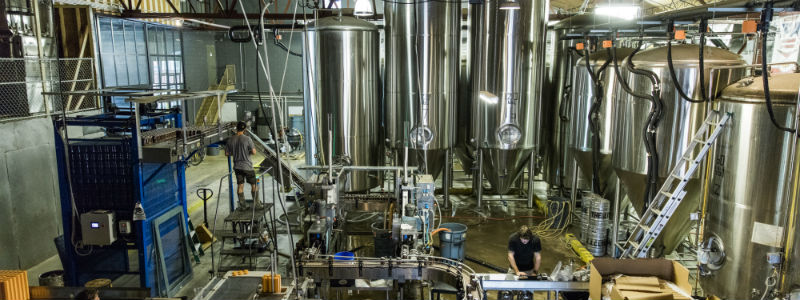
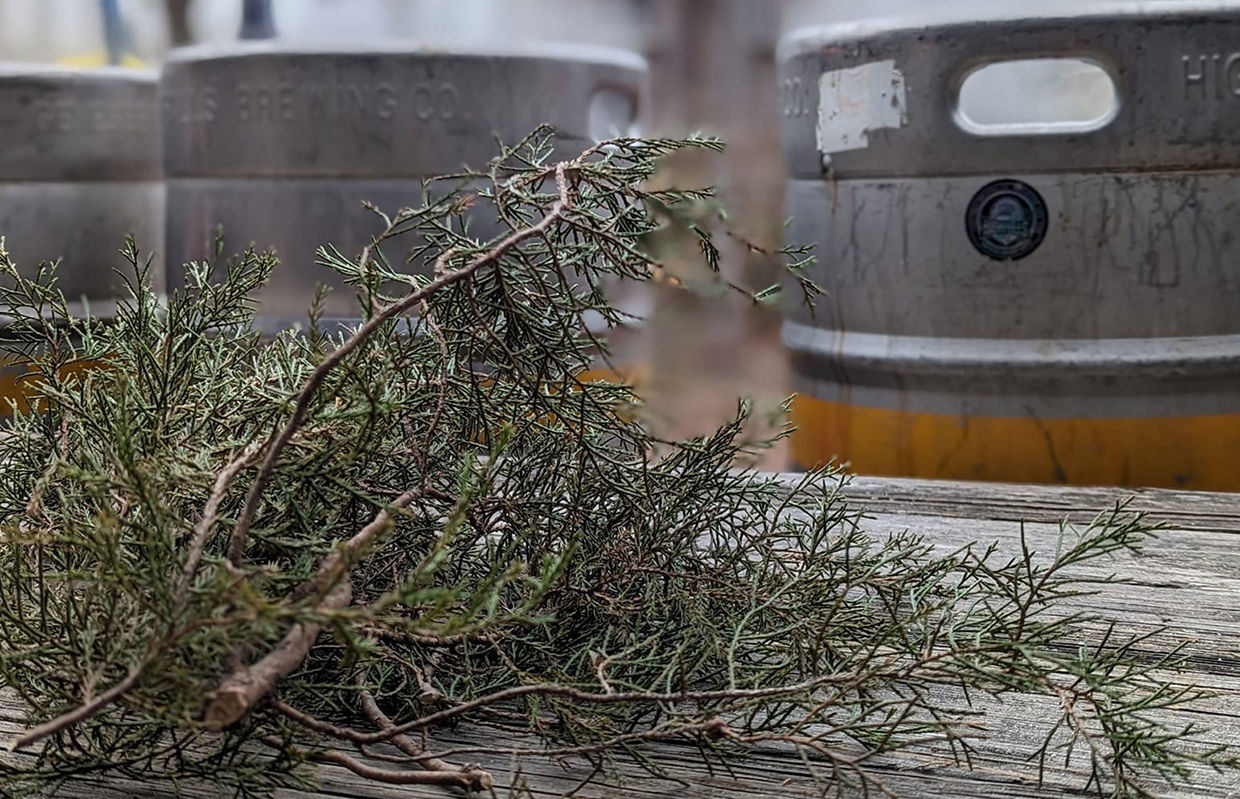
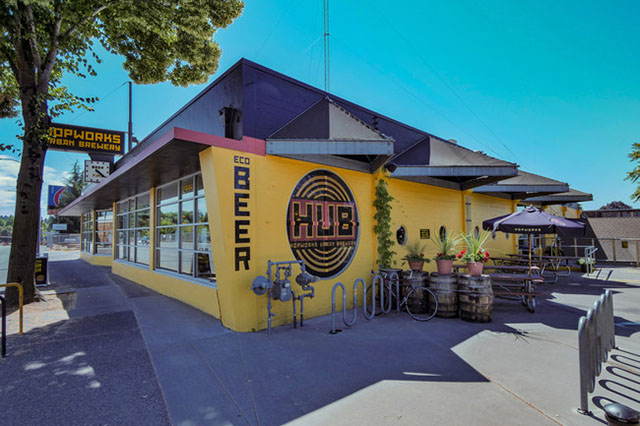
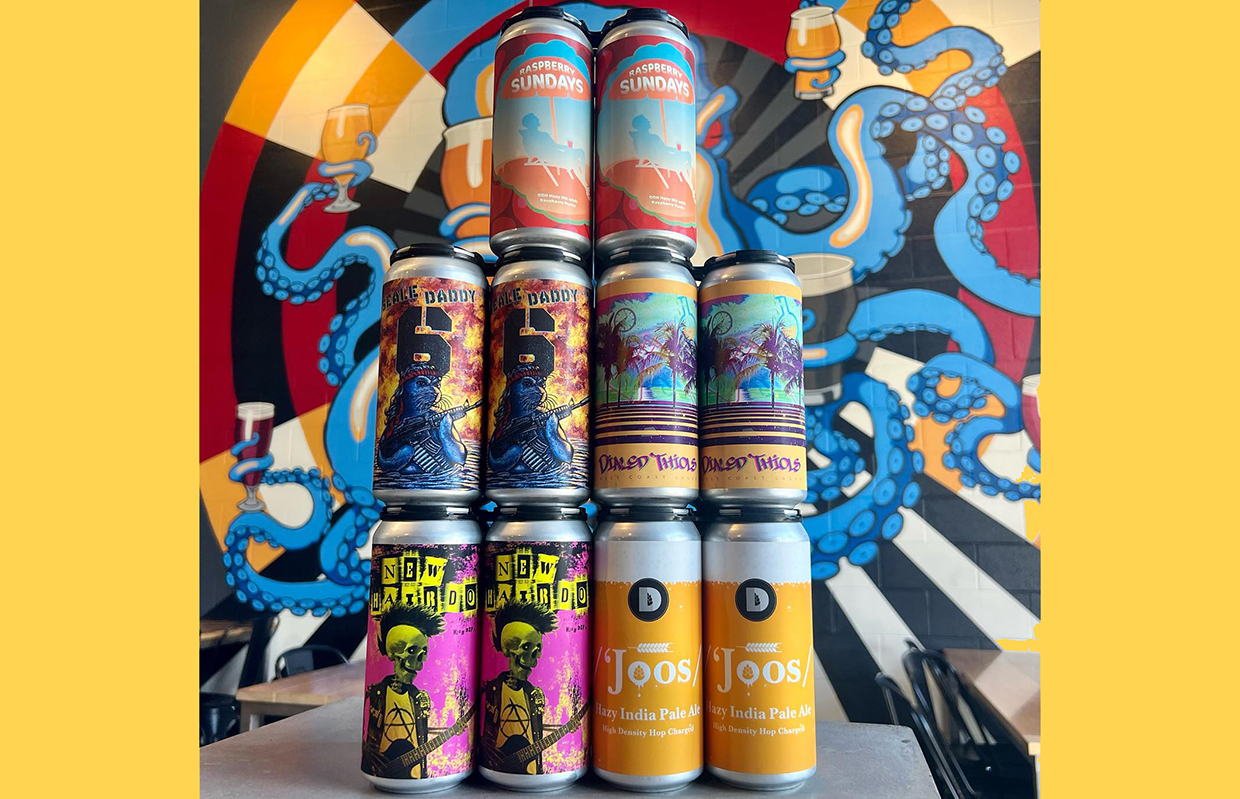
Be the first to comment